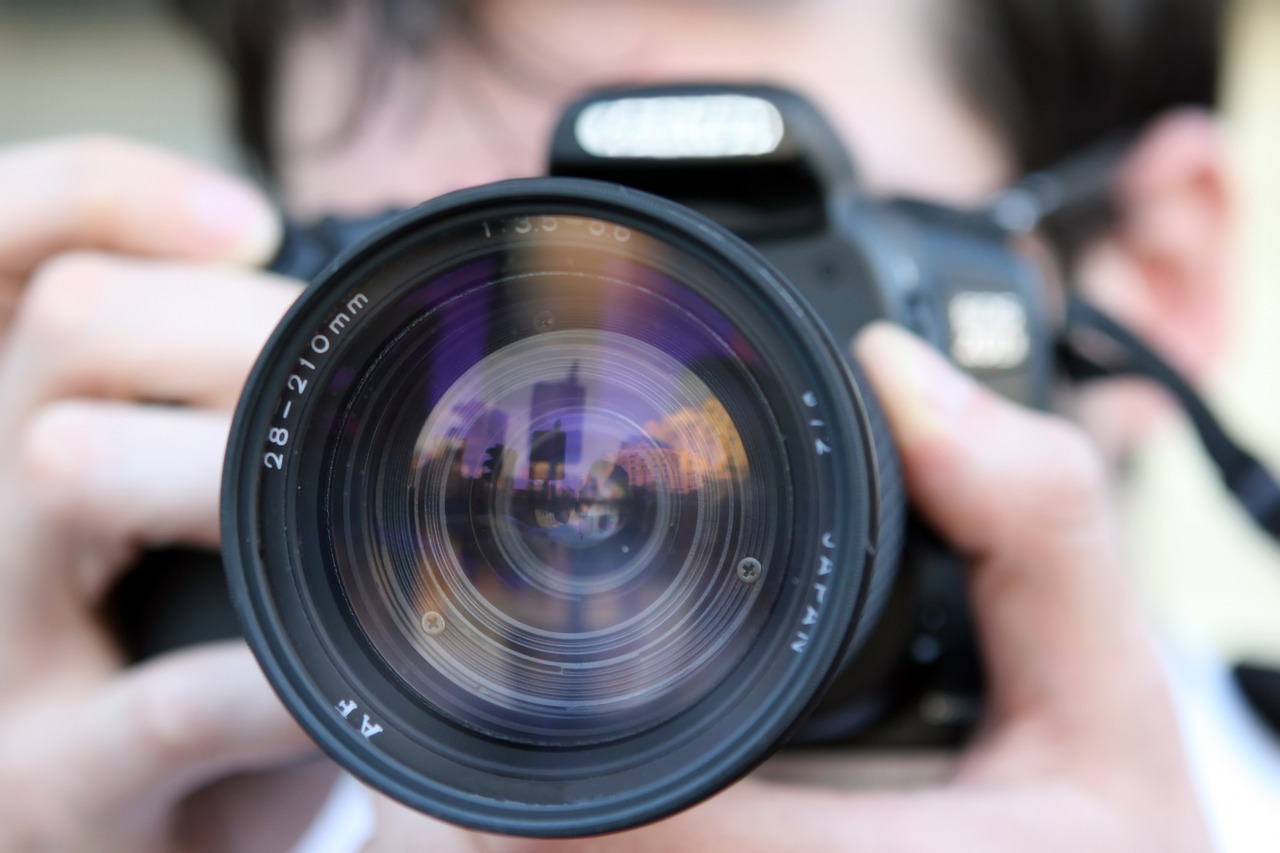Media art is not only about sitting in a chair and relaxing. It is challenging since it demands a whole different skill set than traditional art. By the way, if you want to buy and look for a chair, you may go here to salon chairs for sale. And after all, all kinds of art utilize a medium. There is no such thing as unmediated art or art that has not been mediated. Even if art is a means of comprehending the extra medial.

The wrong questions
use the term media art a lot. Usually, we’re discussing new media art. Where new media is a definition for art rather than an adjective for media art. In this scenario, new media art employs mediums that have long since been popular or even outdated, such as video cassettes. Then there are new media, which are media that have arisen in recent years, with an emphasis on internet and mobile telephony applications. From an art-historical standpoint, it’s odd to give a description of new media art that fully excludes video art, yet if you use new in the second meaning, video art is once again excluded Before we go on to the next topic.
We make money not art
Meanwhile, international events such as Transmediale, Sonar, Impakt, Sonic Acts, Futuresonic, Ars Electronica, and others have established a definite scene of artists exhibiting their work. It concerns those who work with new technology and, at times, have a strong attachment to them. The study, program, and work with the hardware and software that shape our lives. Traditional art institutions such as museums and galleries have a tense relationship with them at times. It’s not that traditional institutions completely disregard the work of modern media artists rather, there’s a sense that they lack the understanding and background necessary to judge it.
The production of enthusiasts
Since the internet has become both a production and dissemination platform for a wide range of cultural practices an ocean of previously unseen cultural creation has emerged. Not only are the works of thousands, if not tens of thousands, of art students available, but they’re also right next to university researchers’ blogs, corporate industrial designers’ blogs, and, worse, all kinds of hobbyists who share their work, images, and thoughts. The only things you used to see of the latter group were family photos, your children’s drawings, and cassette CDs containing rehearsal room recordings of your friends’ band.
Art and new media now, four aspects
It might be instructive to separate a few key characteristics of modern art production. First and foremost, digital creation is the norm. That is to say, MySpace, MSN, digital photography, YouTube, MP3 filesharing, Ipods, and camera phones define our everyday culture more than pencil drawings on paper, guitar music around the campfire, or movies at the theatre. Ours is a digital culture, and the non-digital is inextricably linked to the digital. Because the computer is the most essential cultural creation platform, it is virtually invisible. Second, the database paradigm is dominant. The most apparent technique of producing art is the concept that you possess a library of data and that as an ‘artist’ you devise procedures to do something with that data. A third difficulty is that the computer is the meta-medium through which the artist develops his own medium; it may be a well-known, crystalline, and readily available answer. The fourth critical problem is what the artwork accomplishes, what meanings it makes, what type of experience it generates, what questions it raises, and how it demonstrates the complexities of a subject. And so forth. That is what is important, not whether it fits into a precise definition of new media art.
